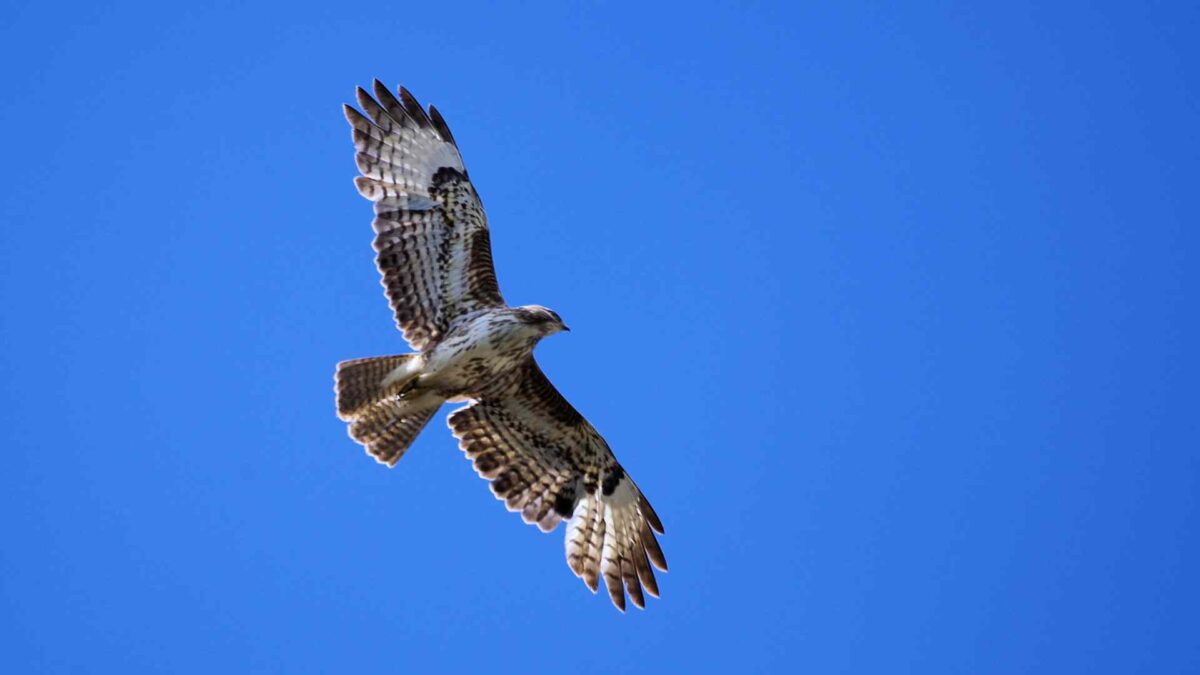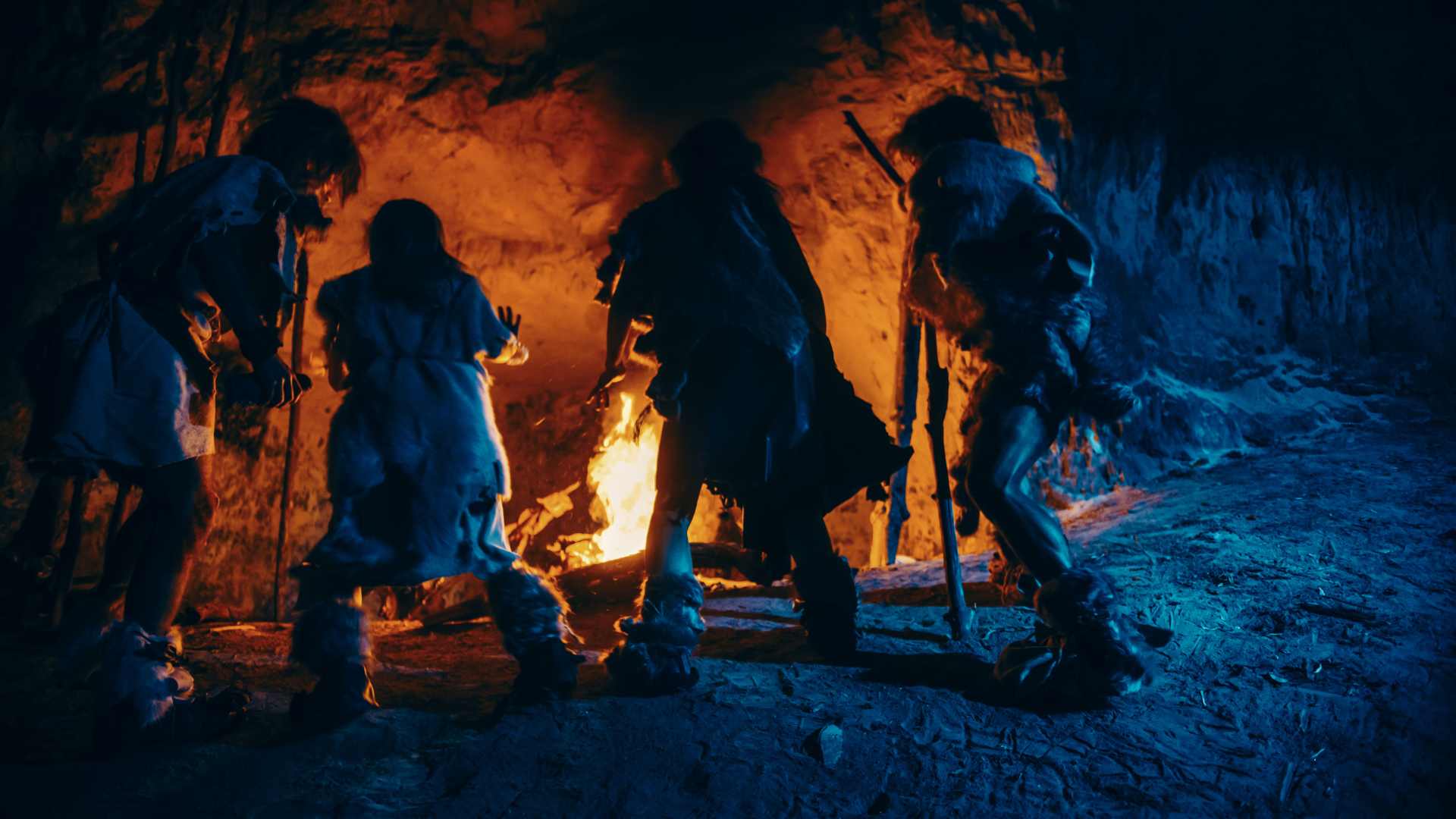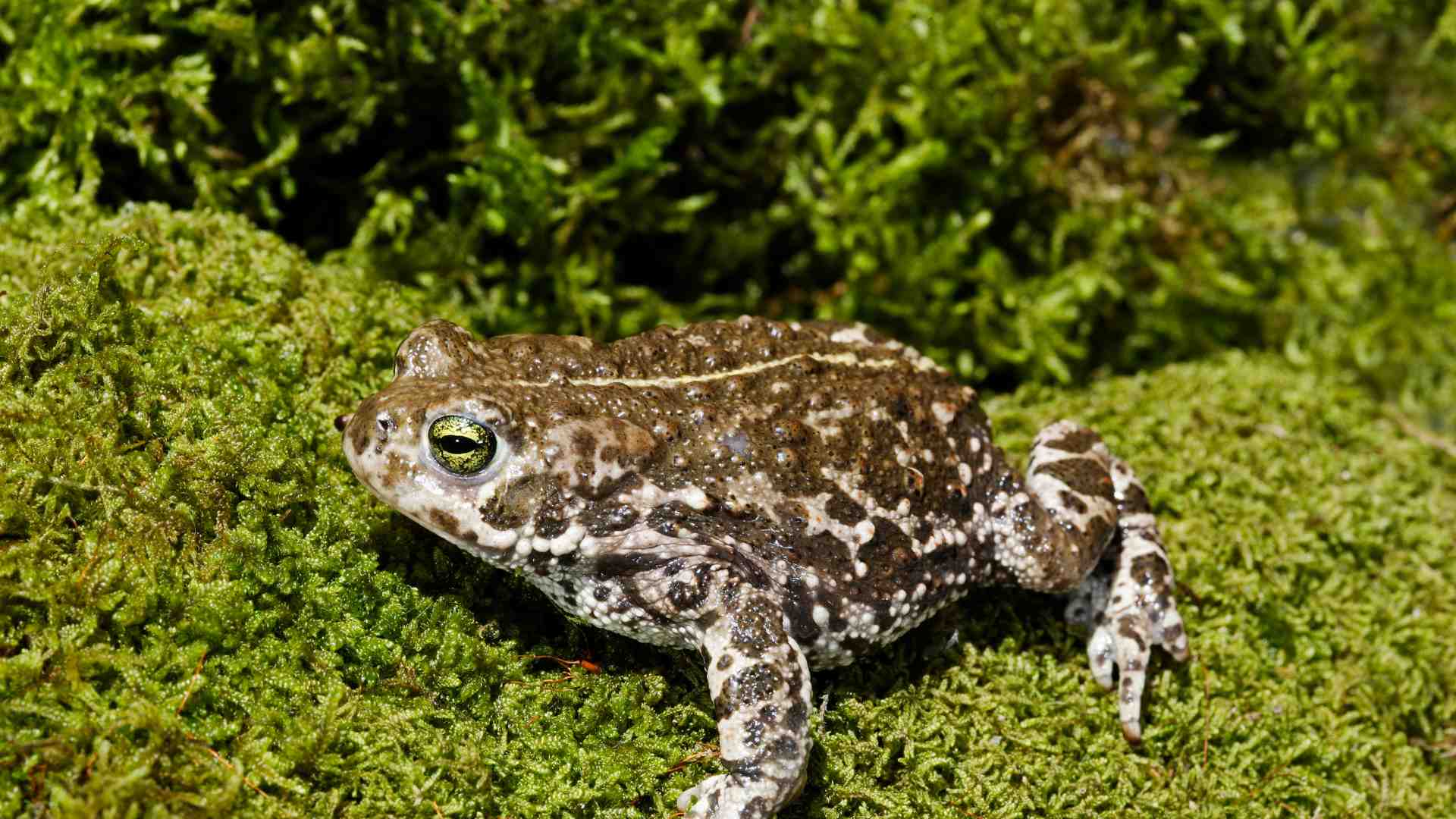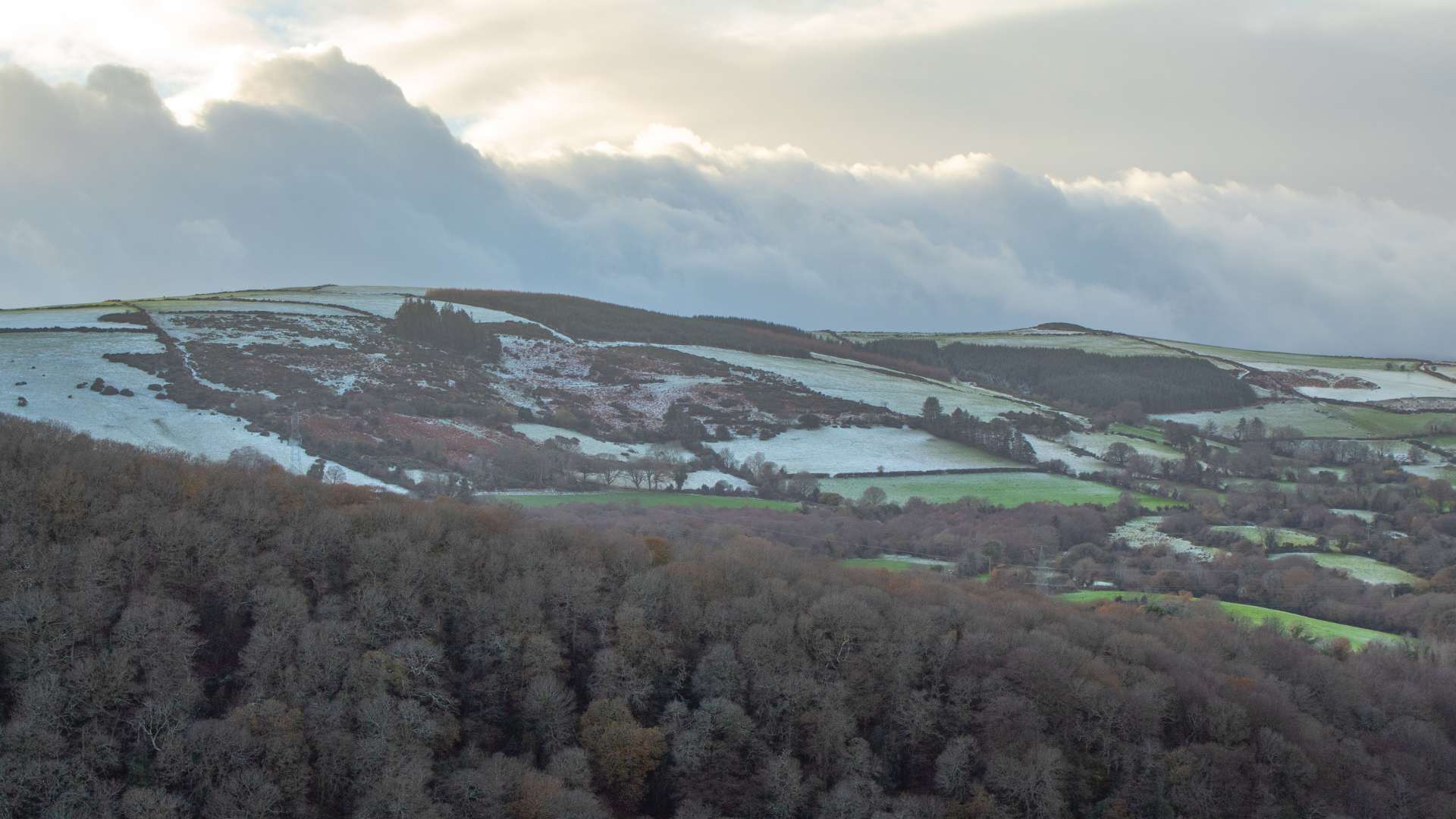
The rise, fall and resurrection of the Buzzard

Once extinct in Ireland, the Buzzard is now making a remarkable comeback.
The species, which was driven to extinction in the late 1800s due to habitat loss and human persecution, began to recolonize the island naturally from Scotland.
The first known attempt at re-colonization occurred in the 1930s, when a pair of Buzzards successfully bred in Antrim.
However, this early effort ultimately failed, and the species was declared extinct once again.
In the 1960s, a breeding population of Buzzards began to establish itself in counties Antrim, Down, and Donegal.
Since then, their numbers have steadily grown, and Buzzards are now commonly seen across all 32 counties of Ireland.

Popular bird watching sites such as irishbirding.com show year-on-year increases in the volume and location of sightings across Ireland.
While they were initially concentrated in the northern and eastern regions of Ireland, their presence has since spread throughout the island.
Buzzards have become a significant part of Ireland’s ecosystem, often seen perched on fences, telegraph poles, or soaring high in the sky.
They inhabit a variety of landscapes, including uplands, lowlands, and areas with small woodlands that are suitable for tree-nesting.
As generalist hunters, Buzzards have a diverse diet, consuming birds, mammals, amphibians, reptiles, invertebrates, and scavenged carrion.
Despite their protected status, Buzzards continue to face threats in Ireland, with the species still being the most frequently persecuted bird of prey. Instances of shooting and poisoning remain a concern.
Nevertheless, the Buzzard’s successful return to Ireland stands as a testament to the resilience of wildlife species, demonstrating the positive impact of conservation efforts.








